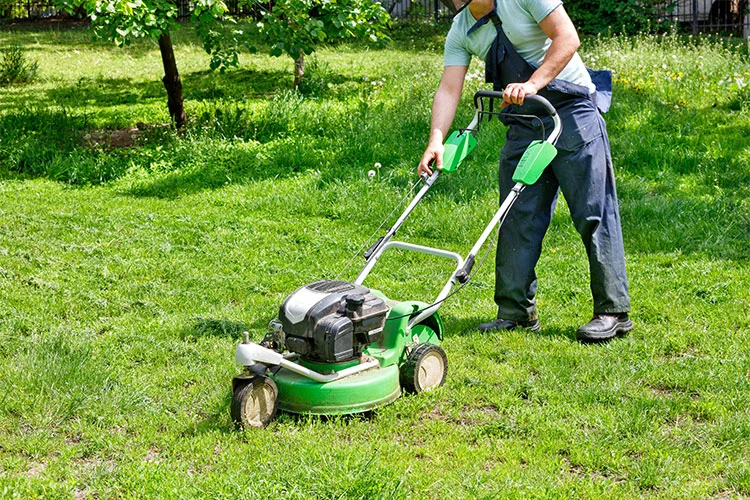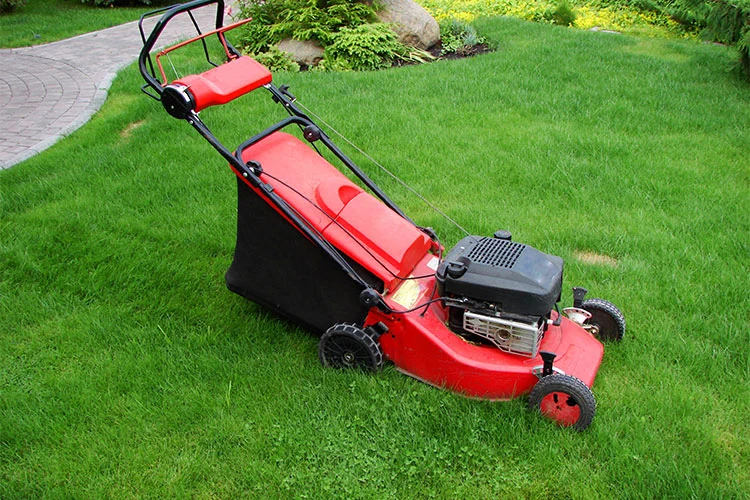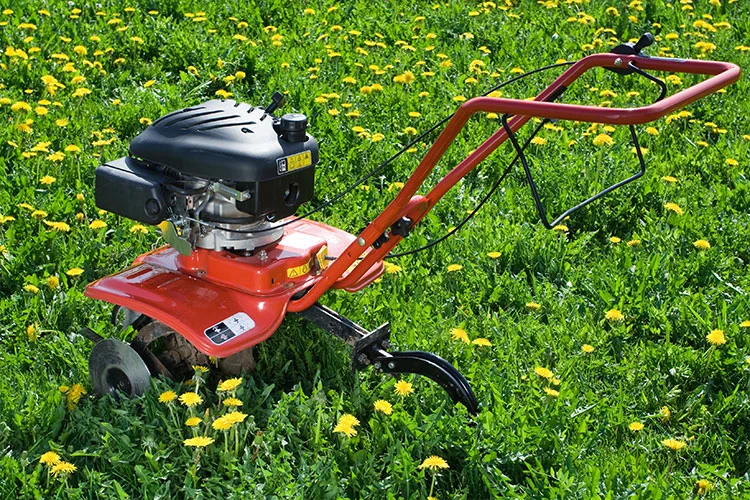What Are Gear Couplings?
Gear couplings are highly versatile mechanical devices designed to transmit torque between two non-collinear shafts. They are a type of flexible coupling, meaning they can accommodate minor misalignments (angular, parallel, and axial) while efficiently transferring power. Their robust construction, comprised of two hubs with external gear teeth and a sleeve (or two halves) with corresponding internal gear teeth, makes them a preferred choice for high-torque applications in demanding industrial environments.
The primary advantage of Gear couplings lies in their high torque density – they can transmit significant power relative to their size. This efficiency, combined with their durability and ability to handle misalignment, has cemented their role in critical machinery across various sectors, from heavy-duty steel mills and mining operations to power generation and marine propulsion systems. Their design allows for lubrication, which reduces wear and extends service life, although maintenance-free versions are also widely available.
Key Advantages and Applications
The widespread use of Gear couplings is attributed to a unique set of benefits they offer over other coupling types.
- High Torque Capacity: Capable of handling very high torque loads in a compact design, making them ideal for heavy machinery.
- Excellent Misalignment Accommodation: Designed to compensate for angular misalignment (up to several degrees), parallel misalignment (offset), and axial movement (end float).
- Durability and Long Service Life: Manufactured from high-strength materials, they are built to withstand harsh operating conditions, including shock loads and vibrations.
- Reliability in Demanding Environments: When properly specified and maintained, they provide reliable, continuous operation, minimizing unplanned downtime.
- Backlash Control: High-quality Gear couplings are engineered for minimal backlash, which is crucial for precision motion control applications.
Common Industrial Applications:
- Pumps and Compressors
- Fans and Blowers
- Conveyor Systems
- Steel Rolling Mills
- Marine Propulsion Systems
- Paper Mill Machinery
- Mining Equipment
- Power Generation Turbines
Detailed Product Parameters and Specifications
Selecting the correct Gear coupling requires a thorough understanding of your application's parameters. Below is a detailed breakdown of the key specifications to consider.
Critical Parameters for Selection
- Bore Size: The diameter of the hole that fits onto the shaft. It can be a single size or a range (tapered bushings allow for a range of bore sizes with a single coupling).
- Torque Rating (Nominal/Peak): The maximum continuous and peak (shock) torque the coupling can transmit without failure.
- Speed (RPM): The maximum rotational speed at which the coupling can safely operate.
- Misalignment Capabilities: The maximum allowable angular, parallel, and axial misalignment in degrees or millimeters.
- Service Factor: A multiplier applied to the calculated torque to account for application-specific conditions like shock loads or continuous operation.
- Moment of Inertia: Important for high-speed or rapidly cycling applications where acceleration/deceleration is a factor.
- Balance Quality: Specifies the level of balance (e.g., ISO 1940 G6.3) to minimize vibration at high speeds.
- Materials of Construction: Typically include steel hubs and sleeves, with options for nitrided or hardened teeth for increased wear resistance.
- Lubrication Type: Grease-lubricated or continuous lubrication systems for high-speed/continuous operation. Maintenance-free types use engineered plastics or special compounds.
Sample Specification Table for a Standard Series
| Model Number | Bore Range (mm) | Max. Torque (N-m) | Max. RPM | Angular Misalignment (°) | Parallel Misalignment (mm) | Weight (kg) |
|---|---|---|---|---|---|---|
| GC-101 | 20 - 40 | 850 | 5000 | 1.5 | 0.8 | 3.5 |
| GC-102 | 35 - 60 | 1800 | 4500 | 1.5 | 1.0 | 6.8 |
| GC-103 | 50 - 80 | 3500 | 4000 | 1.0 | 1.2 | 12.1 |
| GC-104 | 70 - 110 | 7200 | 3500 | 1.0 | 1.5 | 24.5 |
| GC-105 | 90 - 140 | 12500 | 3000 | 0.75 | 1.8 | 45.0 |
Material Specification Table
| Component | Standard Material | Alternative / High-Performance Material | Key Property |
|---|---|---|---|
| Hubs | Carbon Steel (1045) | Alloy Steel (4140), Stainless Steel | High Strength, Good Machinability |
| Gear Teeth | Carburized and Hardened | Nitrided, Through-Hardened | Superior Wear and Pitting Resistance |
| Sleeve | Carbon Steel | Alloy Steel, Cast Nodular Iron | Durability, High Impact Strength |
| Seals | Nitrile Rubber (Buna-N) | Viton, Polyurethane | Oil Resistance, High-Temperature Capability |
Gear Couplings FAQ (Frequently Asked Questions)
What is the main purpose of a gear coupling?
The primary purpose of a gear coupling is to connect two rotating shafts to transmit power (torque) while accommodating for inevitable misalignments that occur in real-world installations. It protects connected equipment from the stresses caused by misalignment and vibration.
How does a gear coupling accommodate misalignment?
The internal and external gear teeth have a small amount of clearance (backlash) and are crowned (barrel-shaped). This design allows the teeth to slide against each other smoothly, enabling the coupling to flex and accommodate angular and parallel misalignment. The floating member of the coupling allows for axial movement.
What is the difference between a flexible gear coupling and a rigid coupling?
A rigid coupling firmly connects two shafts and requires perfect alignment. It cannot tolerate any misalignment, which can lead to premature bearing failure and shaft damage. A flexible gear coupling, by contrast, is designed to flex, absorbing misalignment and vibration, thereby protecting the machinery.
Do all gear couplings require lubrication?
No. While traditional gear couplings are lubricated with grease or oil to reduce friction and wear on the gear teeth, many modern designs are "maintenance-free" or "dry." These use special materials like PTFE-based compounds or engineered polymers on the gear faces that do not require lubrication, ideal for applications where maintenance access is difficult.
How often should a lubricated gear coupling be serviced?
Service intervals depend on the operating conditions, such as speed, temperature, and load. A general guideline for standard industrial applications is to check and re-lubricate every 3 to 12 months. Always refer to the manufacturer's specific recommendations for your coupling model and service conditions. High-speed applications may require more frequent inspection.
What are the signs of a failing gear coupling?
Common signs include unusual noises (clicking, grinding), visible vibration in the drive train, lubricant leakage from seals, excessive heat generated by the coupling, and visible wear or fretting on the external surfaces. If any of these signs are observed, the coupling should be inspected and replaced immediately to prevent catastrophic failure.
Can a gear coupling be used for high-speed applications?
Yes, gear couplings are well-suited for high-speed applications. However, specific high-speed designs are required. These couplings are precision-balanced to very fine tolerances (e.g., ISO G2.5) to prevent vibration and often use special seals and lubrication systems to ensure stability and long life at elevated rotational speeds.
How do I select the right size gear coupling for my application?
Selection involves calculating the application's required torque (including a service factor for safety), determining the shaft sizes and maximum speed, and evaluating the type and amount of misalignment present. It is strongly recommended to use the manufacturer's selection software or consult with an application engineer to ensure optimal performance and longevity.
What is backlash in a gear coupling, and is it important?
Backlash is the small amount of clearance between the meshing gear teeth. A minimal amount is necessary to allow for misalignment and thermal expansion. However, excessive backlash can cause problems in precision positioning systems, leading to non-repeatability and vibration. For such applications, "zero-backlash" or "limited backlash" gear couplings are available.
Are gear couplings suitable for reversing applications?
Yes, gear couplings are fully bidirectional and perform equally well in applications that involve frequent reversals of rotation. The crowned tooth design allows for smooth engagement in either direction.





